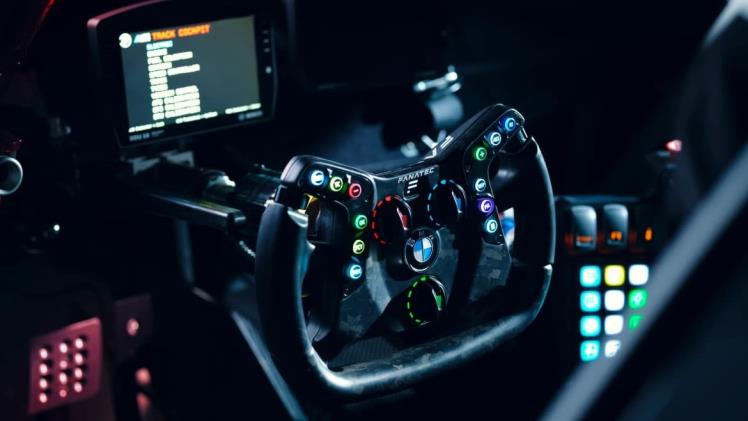You won’t get far on a racetrack without a steering wheel in your car, whether you’re on a real racetrack or a virtual one! But, the sim racing steering wheel you choose should meet certain criteria in order for you to get the most out it, and be able to give your all to each and every race.
For instance, Sim Racing Steering Systems should have FFB realism, or Force Feedback realism, be comfortable and customisable, and most importantly for some, be within your price range. But with hundreds of steering wheels available to buy, how can you choose?
While this guide won’t give you any definitive answers as to which type of steering wheel is best, it should help you make a more informed choice when the time comes to buy one:
But before we go into direct drive, belt and gear driven steering wheels in more detail, heed this one piece of advice: if you’re new to sim racing and have never used a wheel before, try before you buy. Head to your nearest sim racing experience, or practise on a friends rig to get a feel for the wheel and a better understanding of what works best for you.
What does drive type mean?
Drive type refers to the wheelbases power unit, which controls how much force feedback is given by the game. And what is force feedback, you might ask? Simply put, force feedback is what helps the sim steering wheel to feel as if it’s real. The minute FFB falters, your racing experience will start to feel jumpy and unpredictable.
Here are the 3 types of steering wheel that will each give different degrees of FFB realism, and they’re listed below in cost order:
Direct drive wheels
Typically the most expensive of the there types, direct drive wheels have a motor that’s fixed to the steering wheel, giving it direct feedback. This type of wheel gives the most realistic feel thanks to the frequency, strength and accuracy of inputs from sim to wheel, but it doesn’t come cheap. Some DD setups can set you back as much as £1000, and that’s just for the wheelbase, but look out for new additions to the market that are classed as entry-level, and which should be more affordable.
Belt driven wheels
Cheaper than a direct drive wheel but not as cheap as a gear tdhjvtnm driven wheel, belt-driven motors control the wheel and give feedback by means of one or two motors that are connected by a pulley or a belt. If you can’t afford to buy a direct drive belt, or don’t want to, this type of wheel is generally thought to be the next best option, and can be bought for between £300 and £800.
Gear driven wheels
Using a similar concept to that of belt-driven wheels, gear-driven wheels have a motor attached to them via metal or plastic gears meshed together. The original design, these have been around the longest and are also the most affordable thanks to their low cost of manufacturing and being readily accessible. If you’re new to sim racing, or don’t have a lot of experience, buying sim racing gear and equipment that can introduce you to the game without costing an arm and a leg, is a sensible option; you can always upgrade to better, more expensive equipment as you familiarise yourself with your setup and the game.
If you’re looking for the very best FFB feel, then DD is always going to be your best option, but at the end of the day, is a cost is a barrier, you’ll still enjoy a great racing experience with a belt or gear-driven wheel.

